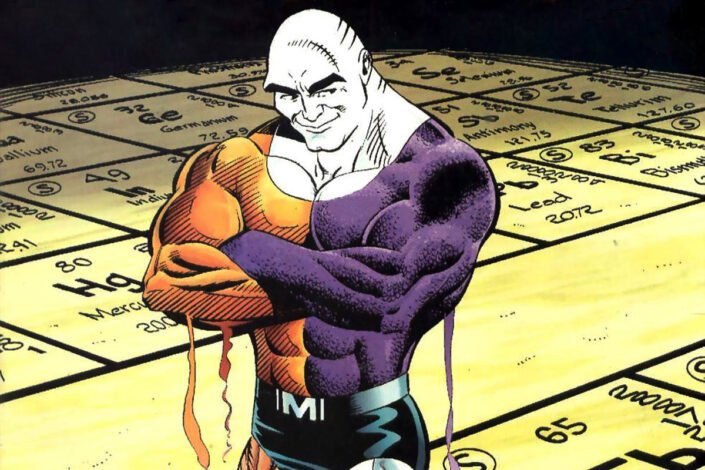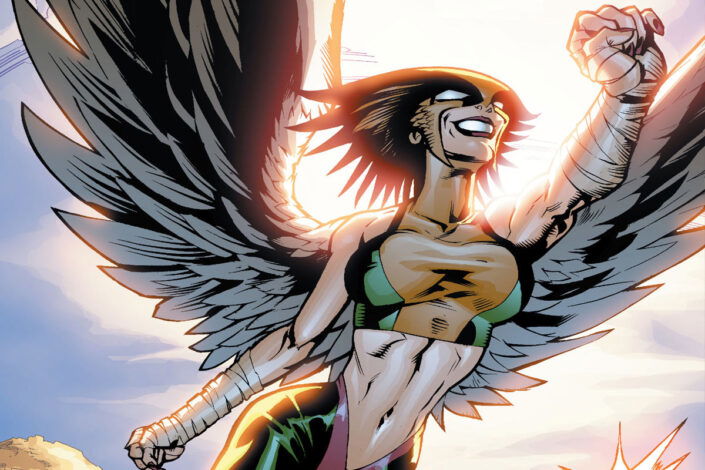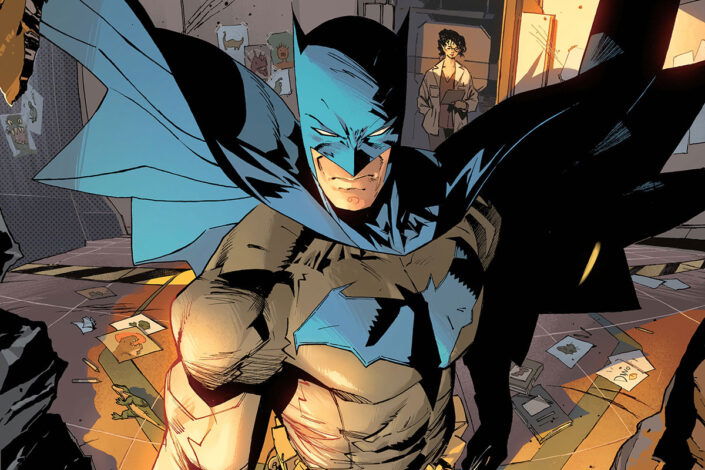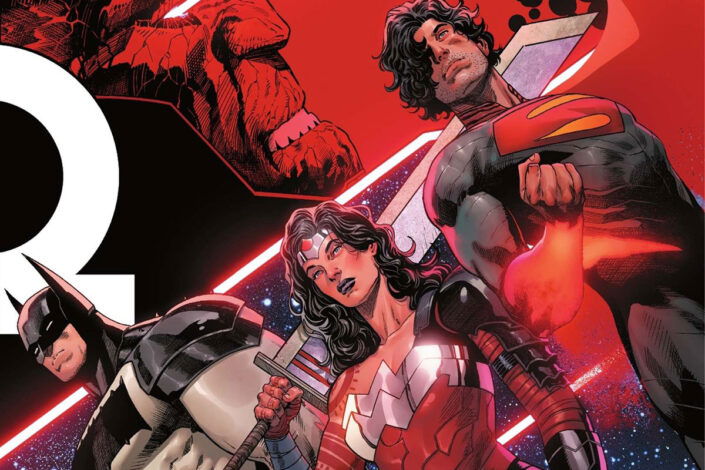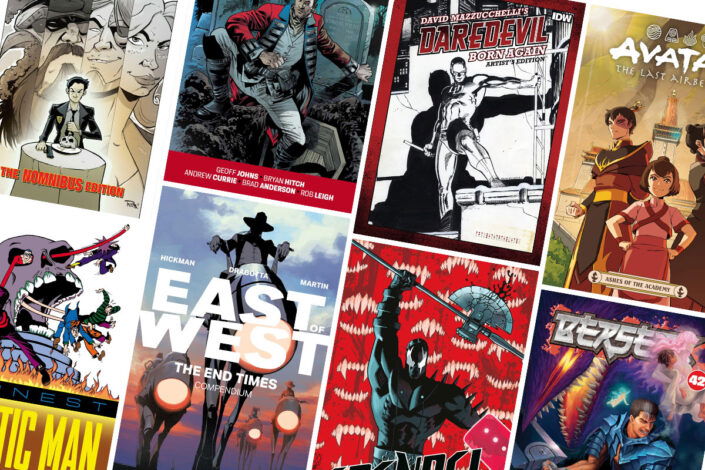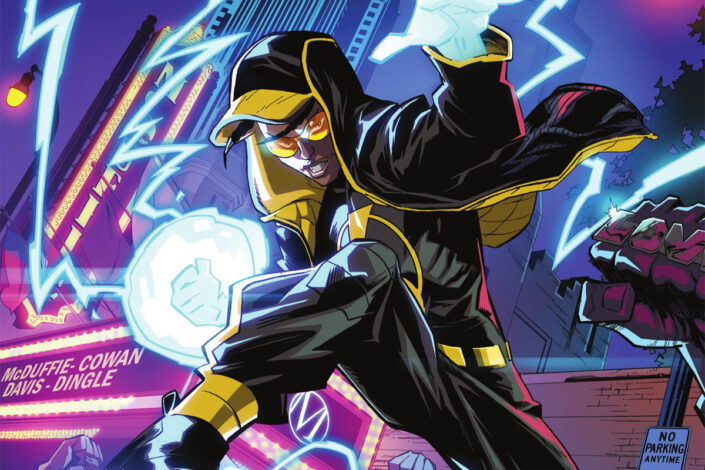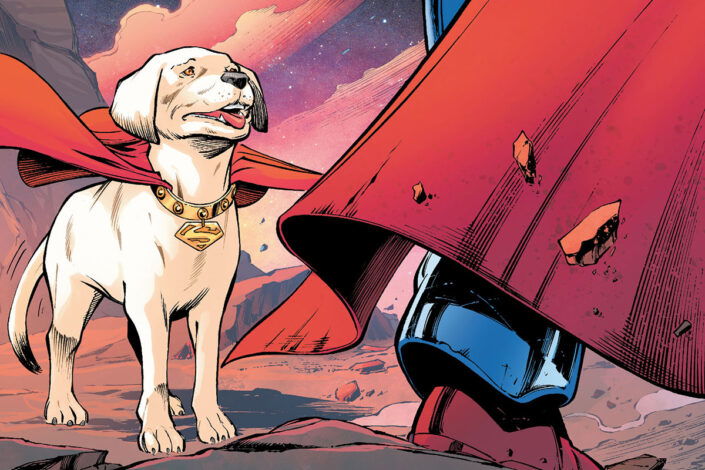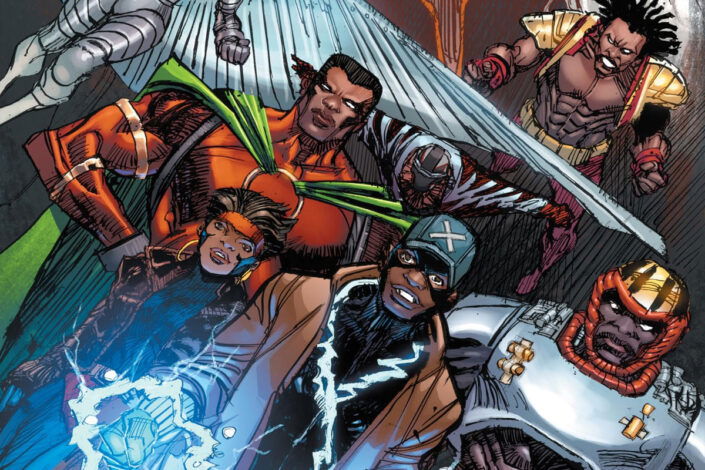Comic Book News of The Week #3: A New History of the DC Universe and More!
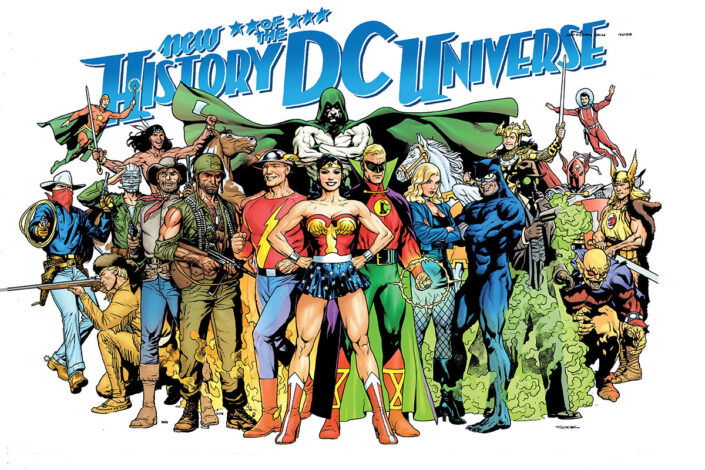
What’s going on in the Comic Book World? Life can be pretty busy, so we highlight recent news and articles that may catch your interest!
Lost in the DC Universe Continuity? Mark Waid and a team of artists will make it easier to understand soon with New History of the DC Universe, a four-issue series that will align all of DC’s continuity over the past 90 years through the eyes of Barry “The Flash” Allen.
“This is my dream project,” said series writer Waid. “It’s a chance to realign all of DC’s sprawling continuity into one master timeline, and to be joined by some of comics’ greatest artists to make it shine. With new information for even longtime fans, plus Easter eggs galore, this series will be an essential read for DC fans.”
The debut issue features art by Jerry Ordway and Todd Nauck, who join Waid in chronicling Barry Allen’s journey from the birth of the DC Universe to the rise of the Justice Society and the Golden Age of Heroes.
“I’m having an absolute blast with this project,” said co-artist Nauck. “Mark has come up with something cool for me to draw on every page, and it’s been an honor to share art chores with a comics legend like Jerry Ordway. The DC editorial team has coordinated a wealth of deep-dive references for me to draw from, and I’m learning new aspects of DC history I hadn’t known before—and I’ve been reading DC comics for decades!”
“As one of the artists who was part of Crisis on Infinite Earths in the 1980’s, added co-artist Jerry Ordway, I am thrilled to be involved in telling the story of this newest DC Universe with Mark and Todd.”
Read More »Comic Book News of The Week #3: A New History of the DC Universe and More!
